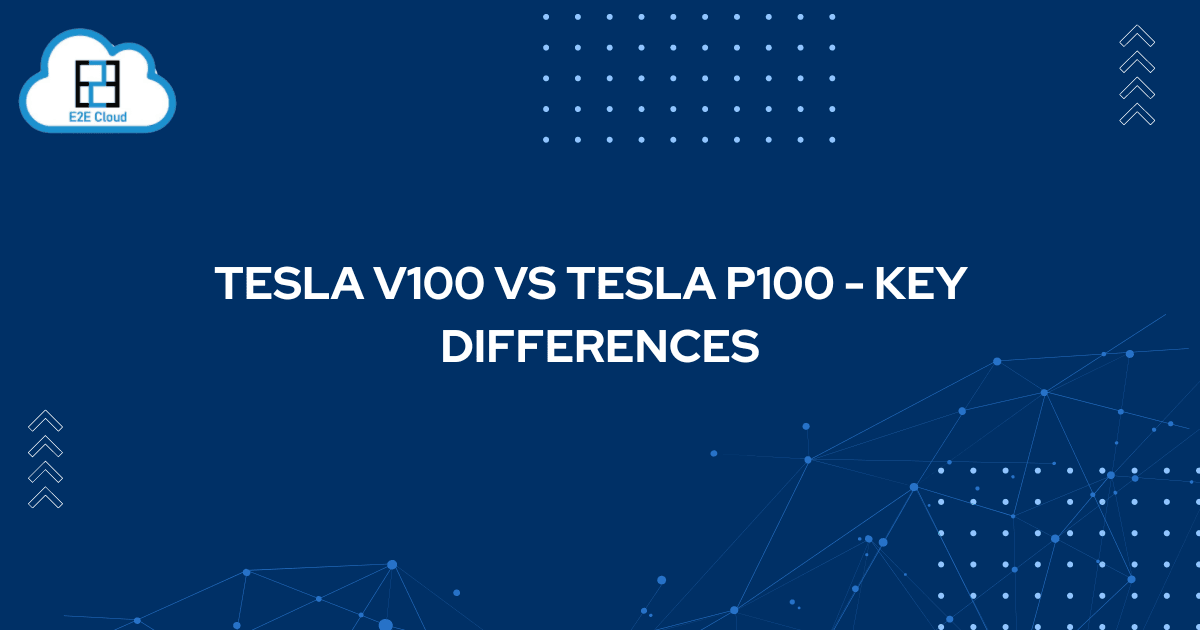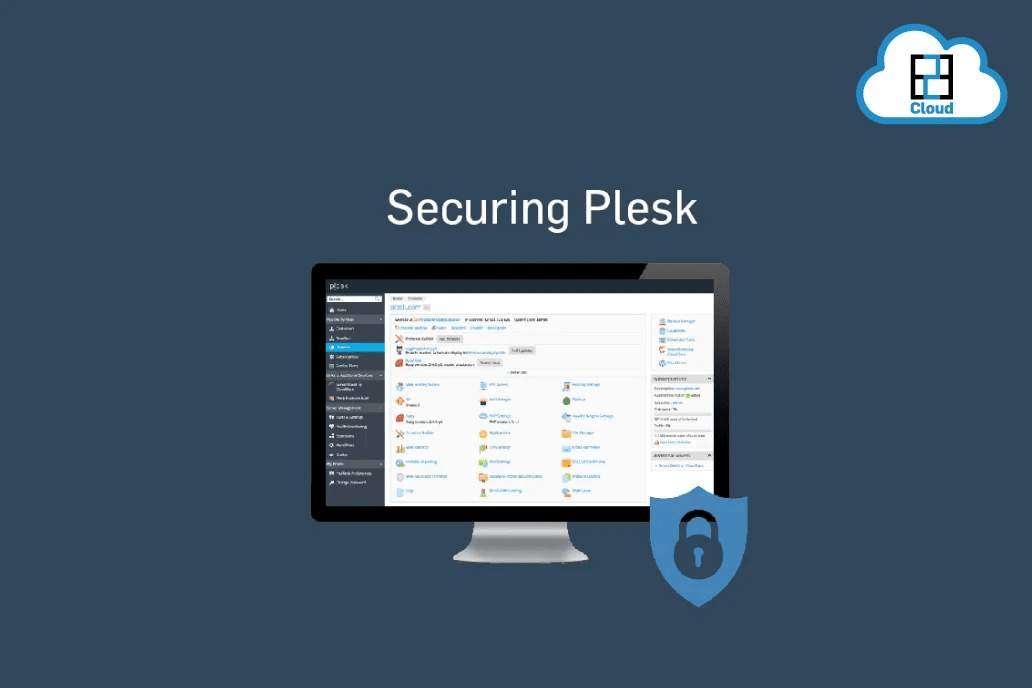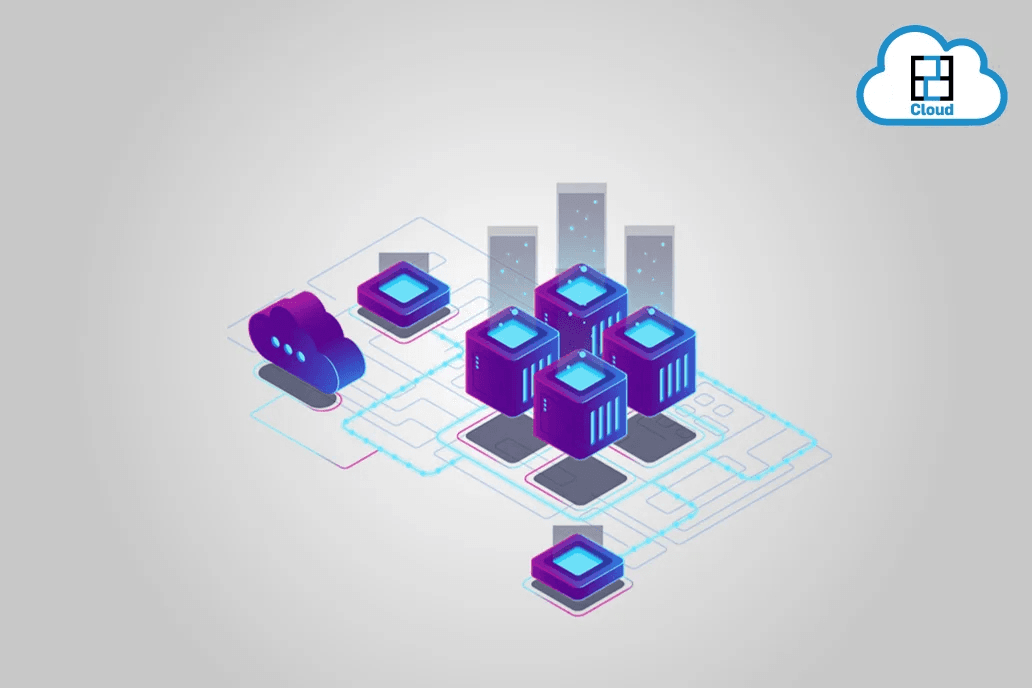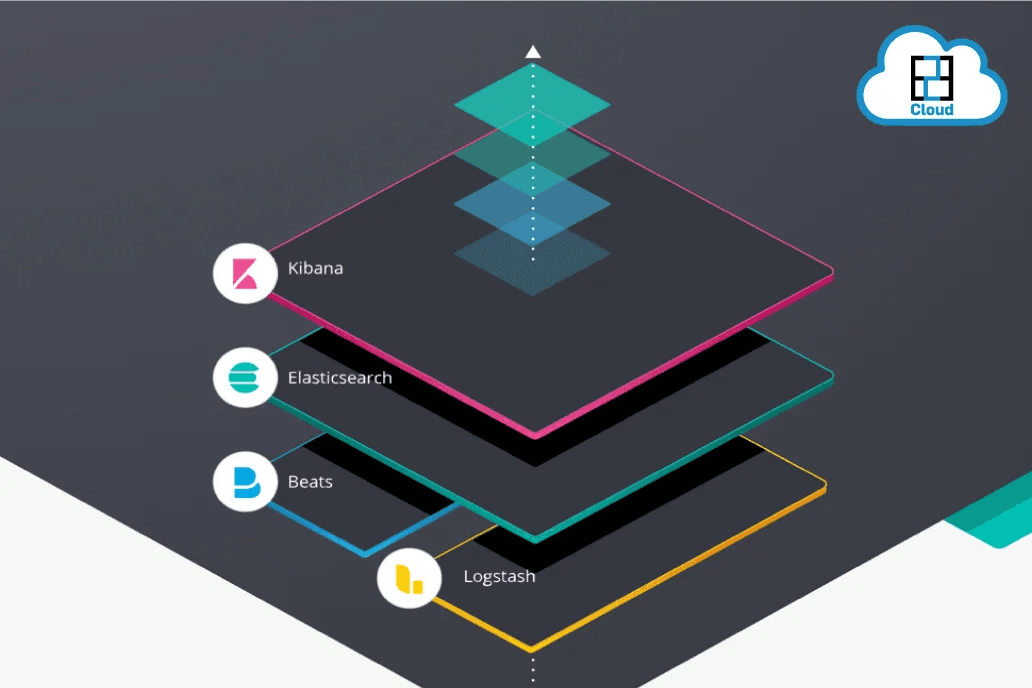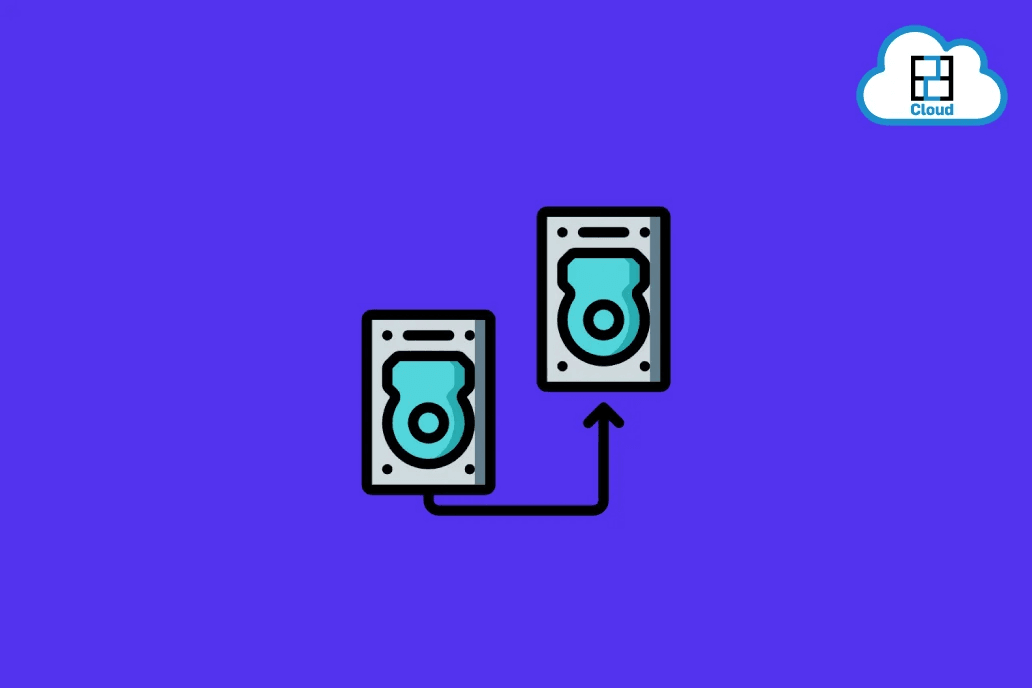Introduction
Cloud computing in India is not at all new. Many companies have been adopting these strategies since early 2012. The central promise for cloud computing revolved around two aspects. One was the simplification of access to a centralised service through multiple computers. There was no need to have different hardware and memory for each of the access users. The second was reducing the load on an individual computational resource. While using the systems on the cloud, the computer accessing didn’t have to share the same expensive load. It frees up the resources locally, while still doing what needs to be done. It is what made cloud computing quite attractive to early-stage start-ups as well as big organisations.
The tricky problem
But it wasn’t going to be all straightforward and tidy. When you introduce another company trying to make profits on whatever you try to do, things get complicated. When it comes to early-stage start-ups, these things look even scarier. Before we look at the whole picture, let us see the current market share of cloud computing by top giants. There are four big players here; Amazon, with its AWS, Microsoft with Azure, Google with Google cloud, and Alibaba with its Alibaba cloud. According to the report by Canalys, as of Q3 2020, AWS took in about a 36% share of the overall cloud market. In total, it generated more revenue than the other three combined. Azure took 19% of the market while Google cloud had 7%, followed by Alibaba at 6%. The other cloud service providers had in total a 37% share left. Well, here we are not going to compare how they are good, and which are bad, or who has the most limitations or the most value for money. The central question at hand is different.
Asking the big question
With all these big players offering cloud computing services, what do they care about? The central aspect is their Software as a Service (SaaS) models. In any SaaS model, the business depends on getting a customer to commit to a fixed contract and then get secure payments till the end of the term. It is great for companies providing the services but may not be all that good for the companies using them, especially small-scale companies. The one big problem is a long-term commitment. Right now, the most widely recognised type of distributed as well as non-distributed cloud computing contracts in India are structured under standard international contracts with fixed terms and are on many occasions non-debatable, with specific exemptions. It is like having a customer always come to your shop all the time, even though better options turn up in the future. It is what bugs most small-scale companies while using cloud computing services. Nobody likes to be tied up for too long when in the growth phase. It may be okay for the more stable and settled companies, but not for start-ups.
The solution – E2E networks
E2E networks came up with the solution of contract-less computing. With E2E networks, there is no need for any long-term or short-term commitment at all. You can pay as you go. Almost all the services can be accessed on an hourly basis. With this, start-ups now have the freedom to maybe try it out a little and see if it works for them. The GPU machines are not only superior in terms of performance, thanks to the Indian servers and reduced latency, but you end up saving more money compared to typical cloud services. Not only that but E2E networks have the availability standard of 99.9 percent. Talking from a legal perspective, usually, provisions around risk, guarantees, and arrangement of administration are exclusively subject to the legally binding plan arranged between the two parties. Most specialist co-ops will have standard help accessibility and administration levels indicated in the arrangement that they would not negotiate. But when it comes to E2E networks, the cloud services and the prices are transparent. There is no such thing as hidden charges or additional service charges or anything like that. The price mentioned in the plan is the one you pay. And that’s it.
E2E networks were built around the SMEs and start-up’s needs. It was built in a way to help companies grow without driving most of their financial resources into computational needs. E2E networks hence have been able to become one of the most cost-efficient cloud computing service providers in the industry. From developer-friendly APIs and scalable solutions, E2E networks have been able to carve out a niche for itself in this highly competitive market.
Conclusion
For any growth-stage company or even a well-established company trying something new, it is crucial to get some space for error and not spend too much. One of the things is not getting into a big contract. Here is when contract-less computing can help you out.
For more details contact Us +919599620390


